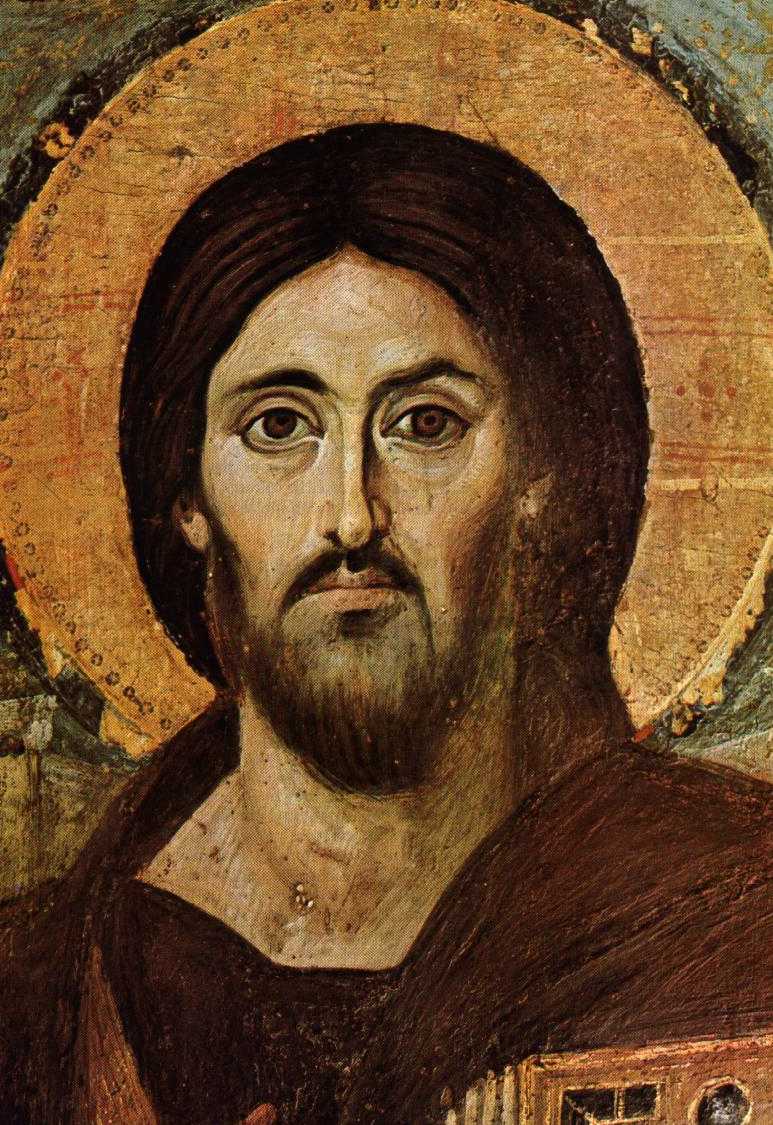
The family of Nazaret
After having passed some years in Egypt, Joseph, Mary and the child Jesus, come back to Nazareth.
Now we are asking: "Are there any testimonies about the child, the adolescent and the young Jesus out of the Gospels? Yes, there are. There are some indication can help us to recognize these testimonies.
By excavations executed in diverse epoches, the archaeologists discovered that the main working activity of Nazareth population, was the agriculture. Also some written sources confirm this conclusion. In fact the apocryphal Thomas' Gospel affirms that Jesus helped his father Joseph in the sowing. Besides this locality of Galilee is fertile and it favours this working activity type. In Jesus times, Galilee was more rich of vegetations and cultivations. The same relatives of Jesus and their descendants was farmers.
The last distant relation of Jesus was the martyr Conone, killed during the persecution of Decio, in the 240. Conone was a farmer and he was mentioned by a very important grotto which is in the Basilica of Announce, at Nazareth (Bellarmino Bagatti, Nazaret nell'archeologia, in Storia di Ges¨ Rizzoli, pag. 85).
Another written testimony on the presence of Jesus at Nazareth regards, instead, what was the ancient synagogue of this town. Here, in the VI century "there was a beam on the which was sitting the schoolboy Jesus. Infact the schools were united to the synagogues" (ibid).
The most significant testimony of Jesus' presence at Nazareth, originates by the numerous pilgrims' graffiti discovered in Conone's grotto, place of cult going back the first centuries of christian Hera. Here the visitors of the Holy Land engraved some sentences invoking Jesus Christ. "These graffiti offer much interest wether they because evidence the continuous presence of pilgrims in the small grotto during the history, or because they contain faith expressions of a so ancient epoch"(Elle Di Ci Leumann, Sui passi di Dio, Guida, pag. 57).
These graffiti was explained by the franciscan father Bagatti (italian friar), the most illustrious archaeologist of the Holy Land. Here is the sentence:"Jesus Christ, son of God, help Gene and Elpiseo...".
As you can understand, this sentence invoke Christ, Son of god. It's also present in other Palestinian inscriptions of later epoch.
THIS ABOVE-SAID GRAFFITO HIS AN EVIDENT SIGN OF JESUS' DIVINITY.
Consequently, at Nazaret Jesus lives his ordinary human experience: a simple child, a simple adolescent, a simple young man of the Galilee.
And here, in the silence of a verdant Galilean small town, a insignificant locality, an unknown event is preparing to change the same destiny of the history, impressing for the first time to humanity's life a deep direction of hope and peace.
" And Jesus increased in wisdom and in stature, and in favour with God and men" (Luke 2,52)
TO THE DISCOVERY OF JESUS OF NAZARETH